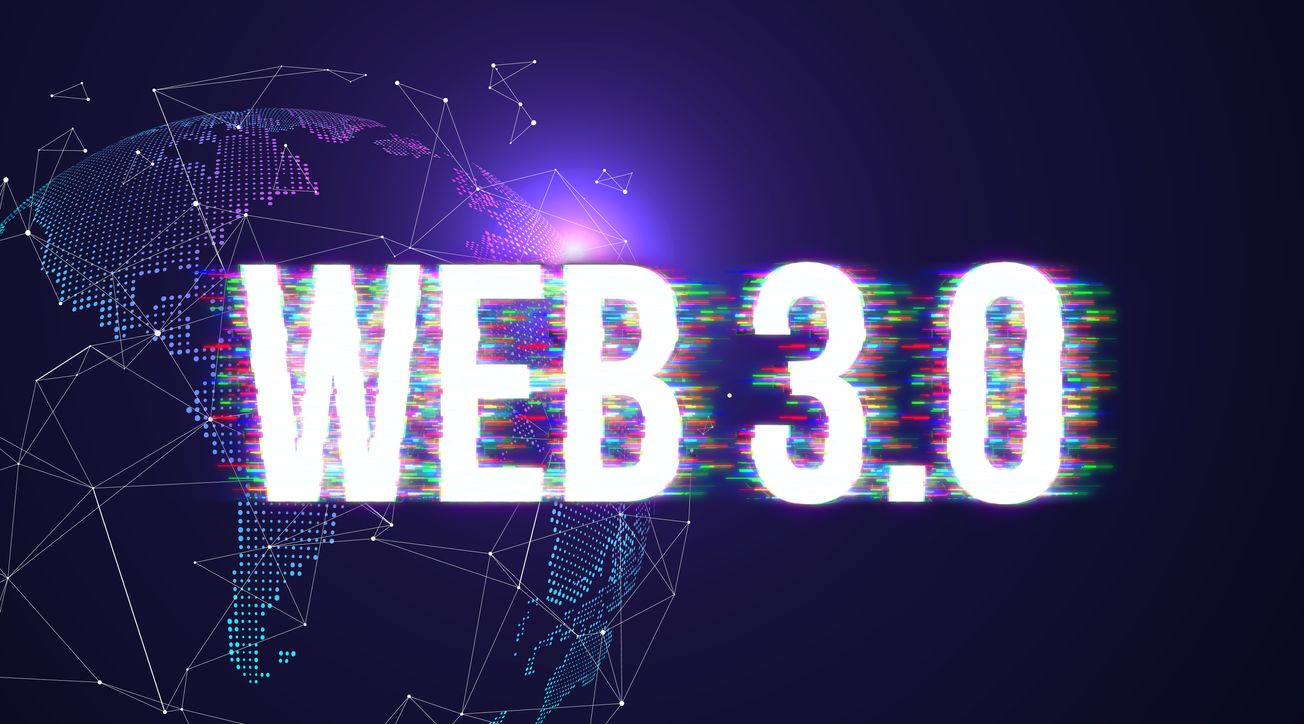PancakeSwap is a decentralised cryptocurrency exchange (DEX) running on the BNB Smart Chain (BSC) network. It allows users to trade BSC assets securely without a trusted middleman.
DEXes such as PancakeSwap are increasingly popular with traders and have become a core component of the decentralised finance (DeFi) ecosystem. Unlike traditional cryptocurrency exchanges such as Coinbase or Binance, using PancakeSwap doesn't require you to relinquish control of your assets to a third party. Instead, trades on PancakeSwap take place within the BNB Smart Chain network, relying on smart contracts for security. PancakeSwap is a crypto-only exchange, meaning you can't make purchases using national currencies like USD or GBP. Every trade is a 'swap' of one BSC asset for another.
PancakeSwap doesn't use a traditional order book system to create a market for buyers and sellers. Instead, PancakeSwap employs an 'automated market maker' (AMM). If you have ever used other DEXes such as Uniswap or SushiSwap you will be familiar with the AMM model. In a nutshell, users provide liquidity to a 'liquidity pool' for each trading pair available on the exchange. Examples of trading pairs include BUSD/BNB and CAKE/BNB.
Other users then make trades using the liquidity pool -- for example swapping BUSD for BNB, or vice versa. Liquidity providers receive a share of the fees for each trade. This depends on the pool's trade volume and how much liquidity the user provides.
The convenience of buying, selling, and investing without a third party makes PancakeSwap extremely popular among DeFi traders. In addition, many more BSC tokens are available on PancakeSwap than on traditional exchanges like Binance. New tokens aren't required to go through a listing process -- anyone can provide liquidity for any pair of BSC tokens. As such, tokens are often available on PancakeSwap long before Binance or Coinbase.
PancakeSwap has quickly become one of the leading DEXes on BNB Smart Chain. The number of DeFi traders on BSC has grown dramatically due to rising fees on the Ethereum network. PancakeSwap powers many new DeFi projects on BSC, as it has large amounts of liquidity available. Popular assets from Ethereum and other networks are also available on PancakeSwap in wrapped form.
What is CAKE?
Like many other DeFi protocols, PancakeSwap has its own 'governance token' called CAKE. As you might expect, CAKE is a BSC token that plays a central role on PancakeSwap.
Holders can use their CAKE to vote on any new features or changes to the platform. CAKE allows decision-making to happen in a decentralised manner, rather than having control of PancakeSwap placed in the hands of a single person or group
CAKE is in high demand by those who provide large amounts of liquidity on PancakeSwap. Big players on PancakeSwap are motivated to accrue as much CAKE as possible to protect their interests and take part in decision-making.
However, holding CAKE is not limited to large investors. Anyone who believes in the future growth of PancakeSwap can buy CAKE. If PancakeSwap continues to thrive, the demand for CAKE is likely to also rise as a means of controlling the increasing flow of liquidity. The performance of CAKE depends on the ongoing success of PancakeSwap in capturing value on the BSC network.
You can also deposit CAKE into PancakeSwap's aptly-named 'SYRUP' pools. These pools allow you to stake your CAKE in return for a further yield in CAKE. Some SYRUP pools also reward you in other tokens for staking your CAKE.
Additionally, PancakeSwap holds CAKE lotteries every six hours for anyone feeling lucky. Users can buy tickets for the lottery using CAKE, and winning tickets win a percentage of the total CAKE pot.
Getting Started with PancakeSwap
When you first visit PancakeSwap, you might be puzzled about how to use it. After all, there's no login button or way to sign up. Like most DeFi protocols, you need to connect a 'Web3' cryptocurrency wallet to use PancakeSwap. Don't worry -- this isn't as tricky as it sounds. Before getting started you should speak to a qualified financial advisor the risk involved.
First, you'll need to select a Web3 wallet that supports BNB Smart Chain. Popular options include MetaMask, Trust Wallet, or Binance Wallet. You can set up a Web3 wallet inside your web browser (such as Chrome or Firefox) or through your iOS or Android phone. Make sure to follow the security steps for setting up your wallet carefully, and keep your recovery phrase in a safe place.
Once you have your wallet up and running, you will have to fund it with some BNB (as well as any other BSC assets you wish to trade). BNB is used to pay for transaction fees on BSC -- much like ETH is used as 'gas' on the Ethereum network. Because PancakeSwap uses blockchain smart contracts to swap assets, each trade will have an associated network fee. Network fees are a tradeoff for the freedom that a DEX provides. Thankfully, the fees on BSC are low, especially when compared to other networks like Ethereum.
Trading Safely on PancakeSwap
Once you have funded your wallet with some BNB to cover fees, you will be able to connect your wallet to PancakeSwap and easily swap BSC tokens. PancakeSwap provides step-by-step guides for connecting each of the most popular Web3 wallets. Here are some tips for safely using PancakeSwap.
PancakeSwap makes many more BSC assets available to traders than exchanges like Binance. New tokens provide new opportunities for investments that may grow in the future. However, this also creates risks. Anyone can create a BSC token and provide liquidity for it on PancakeSwap. If you aren't sure about a token, do not trade it on PancakeSwap or any DeFi protocol and as always speak to a financial advisor before investing.
Keep in mind that each transaction on PancakeSwap will have a network fee. Additionally, you may have to adjust the 'slippage' (tolerance to price differences) for a trade if the liquidity for a token is particularly volatile or low. Ensure that you understand the outcome of a trade (as displayed by PancakeSwap) and any risks involved before authorising it.
Finally, while providing liquidity (or staking tokens) is one of the biggest appeals of PancakeSwap, make sure you are well aware of the risks associated with doing so. Some risks -- such as loss -- are inherent to the nature of liquidity pools. As with any other DeFi protocol, PancakeSwap is not immune to potential hacks, and this could result in partial or total loss of any staked assets. Keeping these points in mind will allow you to do all the research and speak to the qualified financial advisors you need to before trading on PancakeSwap.






